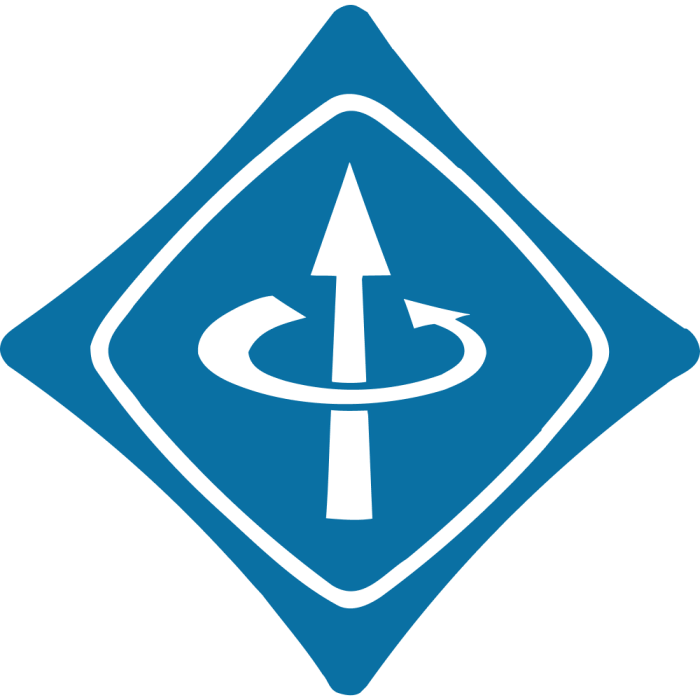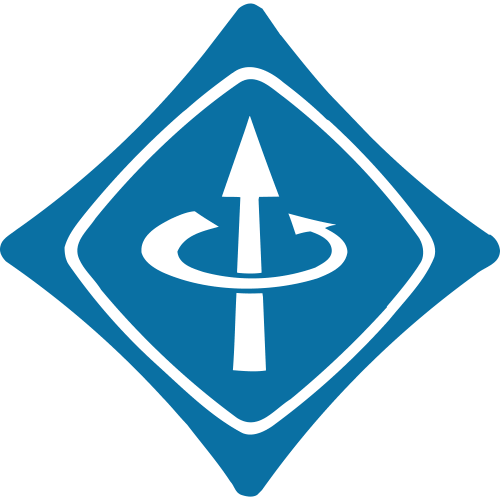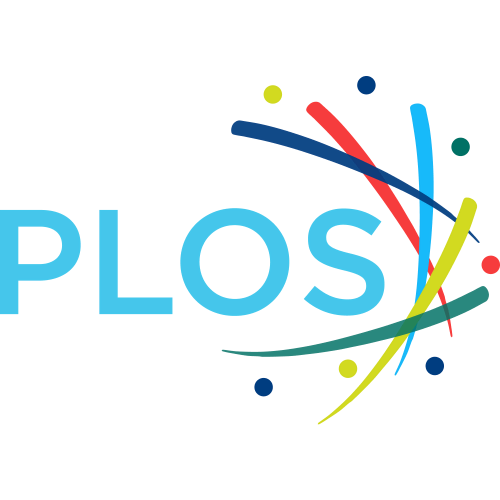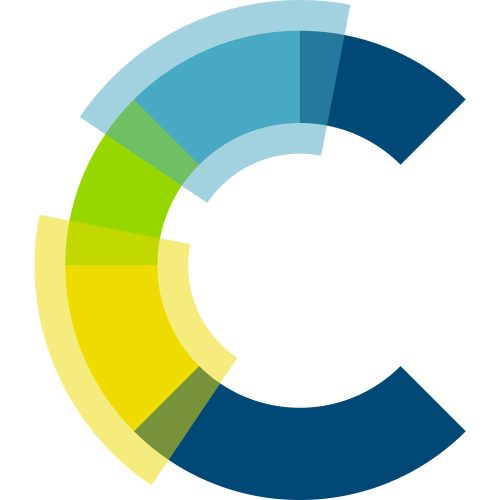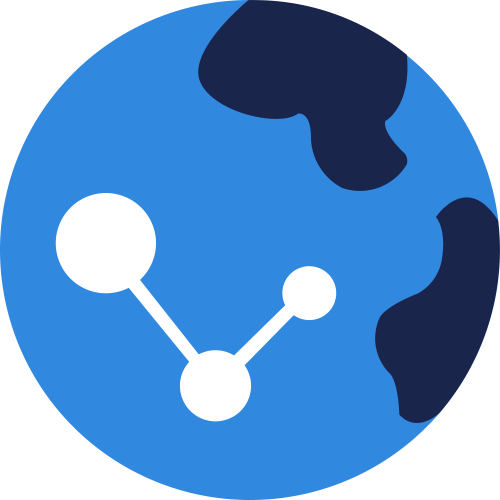Biosensor Technologies for Augmented Brain–Computer Interfaces in the Next Decades
Lun De Liao
1
,
Lin Chin Teng
2
,
K McDowell
3
,
A. E. Wickenden
4
,
K Gramann
5
,
Tzyy Ping Jung
5
,
Li Wei Ko
6
,
Jyh Yeong Chang
7
2
Translational Neuroscience Branch, Army Research Laboratory, Aberdeen Proving Ground, Maryland, USA
|
3
Sensors & Electron Devices Directorate, Army Research Laboratory, Adelphi, Maryland, USA
|
5
Publication type: Journal Article
Publication date: 2012-05-01
scimago Q1
wos Q1
SJR: 6.247
CiteScore: 71.1
Impact factor: 25.9
ISSN: 00189219, 15582256
Electrical and Electronic Engineering
Abstract
The study of brain-computer interfaces (BCIs) has undergone 30 years of intense development and has grown into a rich and diverse field. BCIs are technologies that enable direct communication between the human brain and external devices. Conventionally, wet electrodes have been employed to obtain unprecedented sensitivity to high-temporal-resolution brain activity; recently, the growing availability of various sensors that can be used to detect high-quality brain signals in a wide range of clinical and everyday environments is being exploited. This development of biosensing neurotechnologies and the desire to implement them in real-world applications have led to the opportunity to develop augmented BCIs (ABCIs) in the upcoming decades. An ABCI is similar to a BCI in that it relies on biosensors that record signals from the brain in everyday environments; the signals are then processed in real time to monitor the behavior of the human. To use an ABCI as a mobile brain imaging technique for everyday, real-life applications, the sensors and the corresponding device must be lightweight and the equipment response time must be short. This study presents an overview of the wide range of biosensor approaches currently being applied to ABCIs, from their use in the laboratory to their application in clinical and everyday use. The basic principles of each technique are described along with examples of current applications of cutting-edge neuroscience research. In summary, we show that ABCI techniques continue to grow and evolve, incorporating new technologies and advances to address ever more complex and important neuroscience issues, with advancements that are envisioned to lead to a wide range of real-life applications.
Found
Nothing found, try to update filter.
Found
Nothing found, try to update filter.
Top-30
Journals
|
1
2
3
4
5
|
|
|
Journal of Neural Engineering
5 publications, 3.88%
|
|
|
IEEE Transactions on Neural Systems and Rehabilitation Engineering
5 publications, 3.88%
|
|
|
Frontiers in Neuroscience
4 publications, 3.1%
|
|
|
Lecture Notes in Computer Science
4 publications, 3.1%
|
|
|
IEEE Sensors Journal
4 publications, 3.1%
|
|
|
Sensors
3 publications, 2.33%
|
|
|
Frontiers in Human Neuroscience
3 publications, 2.33%
|
|
|
Biomedical Signal Processing and Control
3 publications, 2.33%
|
|
|
Sensors and Actuators, B: Chemical
3 publications, 2.33%
|
|
|
Proceedings of the IEEE
3 publications, 2.33%
|
|
|
IEEE Access
3 publications, 2.33%
|
|
|
IEEE Transactions on Biomedical Engineering
3 publications, 2.33%
|
|
|
IEEE Transactions on Fuzzy Systems
3 publications, 2.33%
|
|
|
Frontiers in Systems Neuroscience
2 publications, 1.55%
|
|
|
Scientific Reports
2 publications, 1.55%
|
|
|
PLoS ONE
2 publications, 1.55%
|
|
|
Neurocomputing
2 publications, 1.55%
|
|
|
Annual International Conference of the IEEE Engineering in Medicine and Biology Society. IEEE Engineering in Medicine and Biology Society. Annual International Conference
2 publications, 1.55%
|
|
|
IEEE Transactions on Neural Networks and Learning Systems
2 publications, 1.55%
|
|
|
Universal Access in the Information Society
1 publication, 0.78%
|
|
|
Cephalalgia
1 publication, 0.78%
|
|
|
Micromachines
1 publication, 0.78%
|
|
|
Electronics (Switzerland)
1 publication, 0.78%
|
|
|
Frontiers in Neuroinformatics
1 publication, 0.78%
|
|
|
Biosensors
1 publication, 0.78%
|
|
|
Multimedia Tools and Applications
1 publication, 0.78%
|
|
|
International Journal on Interactive Design and Manufacturing
1 publication, 0.78%
|
|
|
Scientific data
1 publication, 0.78%
|
|
|
International Journal of Intelligent Transportation Systems Research
1 publication, 0.78%
|
|
|
1
2
3
4
5
|
Publishers
|
5
10
15
20
25
30
35
40
45
50
|
|
|
Institute of Electrical and Electronics Engineers (IEEE)
46 publications, 35.66%
|
|
|
Elsevier
18 publications, 13.95%
|
|
|
Springer Nature
17 publications, 13.18%
|
|
|
Frontiers Media S.A.
11 publications, 8.53%
|
|
|
MDPI
7 publications, 5.43%
|
|
|
IOP Publishing
6 publications, 4.65%
|
|
|
Wiley
3 publications, 2.33%
|
|
|
Hindawi Limited
3 publications, 2.33%
|
|
|
Public Library of Science (PLoS)
2 publications, 1.55%
|
|
|
Taylor & Francis
2 publications, 1.55%
|
|
|
Walter de Gruyter
2 publications, 1.55%
|
|
|
SAGE
1 publication, 0.78%
|
|
|
Royal Society of Chemistry (RSC)
1 publication, 0.78%
|
|
|
Oxford University Press
1 publication, 0.78%
|
|
|
American Association for the Advancement of Science (AAAS)
1 publication, 0.78%
|
|
|
Association for Computing Machinery (ACM)
1 publication, 0.78%
|
|
|
JMIR Publications
1 publication, 0.78%
|
|
|
Cold Spring Harbor Laboratory
1 publication, 0.78%
|
|
|
IGI Global
1 publication, 0.78%
|
|
|
5
10
15
20
25
30
35
40
45
50
|
- We do not take into account publications without a DOI.
- Statistics recalculated weekly.
Are you a researcher?
Create a profile to get free access to personal recommendations for colleagues and new articles.
Metrics
130
Total citations:
130
Citations from 2024:
18
(13.96%)
Cite this
GOST |
RIS |
BibTex |
MLA
Cite this
GOST
Copy
Lun De Liao et al. Biosensor Technologies for Augmented Brain–Computer Interfaces in the Next Decades // Proceedings of the IEEE. 2012. Vol. 100. No. Special Centennial Issue. pp. 1553-1566.
GOST all authors (up to 50)
Copy
Lun De Liao, Chin Teng L., McDowell K., Wickenden A. E., Gramann K., Tzyy Ping Jung, Li Wei Ko, Jyh Yeong Chang Biosensor Technologies for Augmented Brain–Computer Interfaces in the Next Decades // Proceedings of the IEEE. 2012. Vol. 100. No. Special Centennial Issue. pp. 1553-1566.
Cite this
RIS
Copy
TY - JOUR
DO - 10.1109/jproc.2012.2184829
UR - https://doi.org/10.1109/jproc.2012.2184829
TI - Biosensor Technologies for Augmented Brain–Computer Interfaces in the Next Decades
T2 - Proceedings of the IEEE
AU - Lun De Liao
AU - Chin Teng, Lin
AU - McDowell, K
AU - Wickenden, A. E.
AU - Gramann, K
AU - Tzyy Ping Jung
AU - Li Wei Ko
AU - Jyh Yeong Chang
PY - 2012
DA - 2012/05/01
PB - Institute of Electrical and Electronics Engineers (IEEE)
SP - 1553-1566
IS - Special Centennial Issue
VL - 100
SN - 0018-9219
SN - 1558-2256
ER -
Cite this
BibTex (up to 50 authors)
Copy
@article{2012_Lun De Liao,
author = {Lun De Liao and Lin Chin Teng and K McDowell and A. E. Wickenden and K Gramann and Tzyy Ping Jung and Li Wei Ko and Jyh Yeong Chang},
title = {Biosensor Technologies for Augmented Brain–Computer Interfaces in the Next Decades},
journal = {Proceedings of the IEEE},
year = {2012},
volume = {100},
publisher = {Institute of Electrical and Electronics Engineers (IEEE)},
month = {may},
url = {https://doi.org/10.1109/jproc.2012.2184829},
number = {Special Centennial Issue},
pages = {1553--1566},
doi = {10.1109/jproc.2012.2184829}
}
Cite this
MLA
Copy
Lun De Liao, et al. “Biosensor Technologies for Augmented Brain–Computer Interfaces in the Next Decades.” Proceedings of the IEEE, vol. 100, no. Special Centennial Issue, May. 2012, pp. 1553-1566. https://doi.org/10.1109/jproc.2012.2184829.
